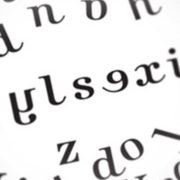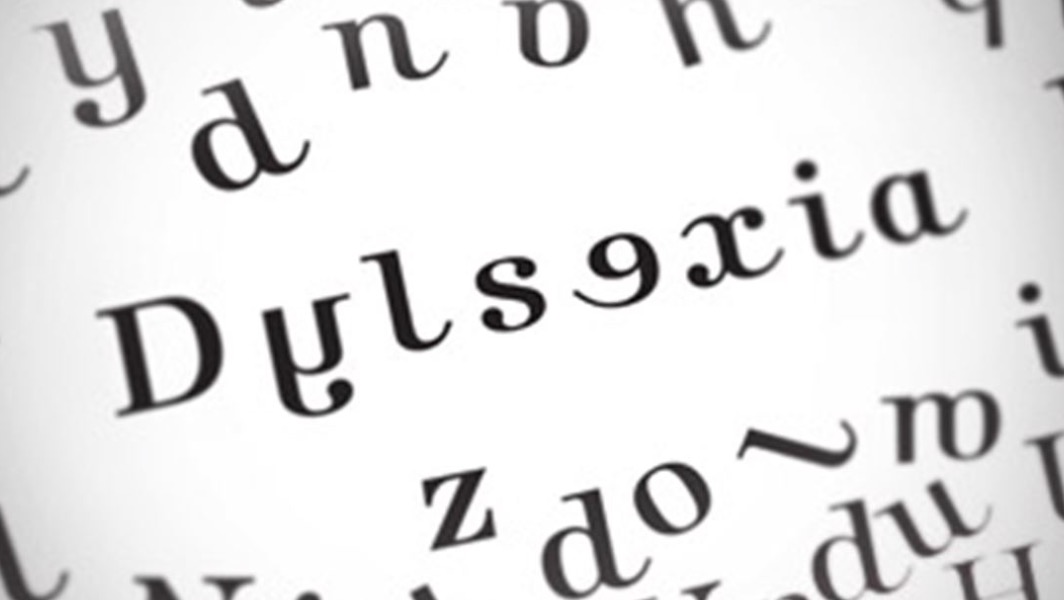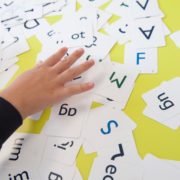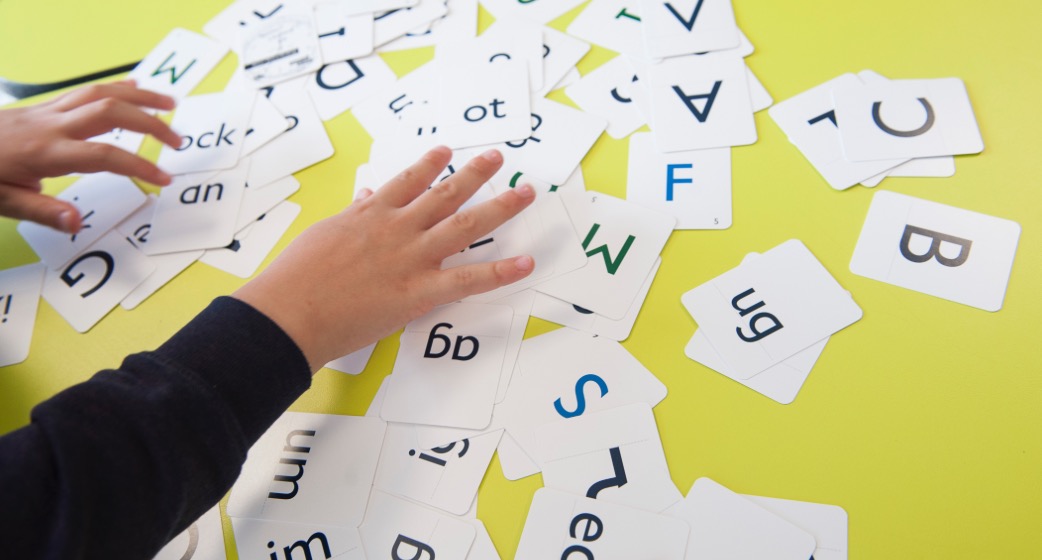How Can Birds help with Dyslexia Research?
How Can Birds help with Dyslexia Research?
How Can Birds help with Dyslexia Research?
Currently, there is a study being conducted through the University of Virginia’s Brain Institute to develop a model for dyslexia and other language disorders through birds. Specifically, the Zebra Finch. Unlike some other animals, Zebra Finches learn how to communicate through song from their parents. In the same manner, these Finches are similar to infants, as their auditory system is shaped by exposure to adult speech.
What is The Study Trying To Accomplish?
Dyslexia, a disorder which affects millions of children, is often characterized by a difficulty with reading. The goal of the study is to be able to observe how changing the birds genes can alter how the finches brain processes sound. There are several genes that have been implicated in the development of dyslexia and other speech disorders. Changes in one of the genes called KIAA0319 has been associated with an increase in the likelihood of developing dyslexia.
Coming to an understanding of how these changes affect the Finch, we can start coming to conclusions on how we as human being process sound. Also, we can further our understanding of how people develop dyslexia.
The Bottom Line
This new research is exciting because it can help further understanding of how someone may get Dyslexia. A study like this can also try and apply its model in a therapeutic setting. However, the research is still being conducted. Although an exciting and promising study, we do not know how different genes in proteins associated with dyslexia-related disorders will manifest in these birds.
The Pathways team of professionals has helped thousands of people with Dyslexia. We are Dedicated to effective and compassionate care for individuals with neurological challenges.
The post How Can Birds help with Dyslexia Research? appeared first on Pathways Neuropsychology Associates.
Source: Pathways Neuropsychology
How Can Birds help with Dyslexia Research?




















